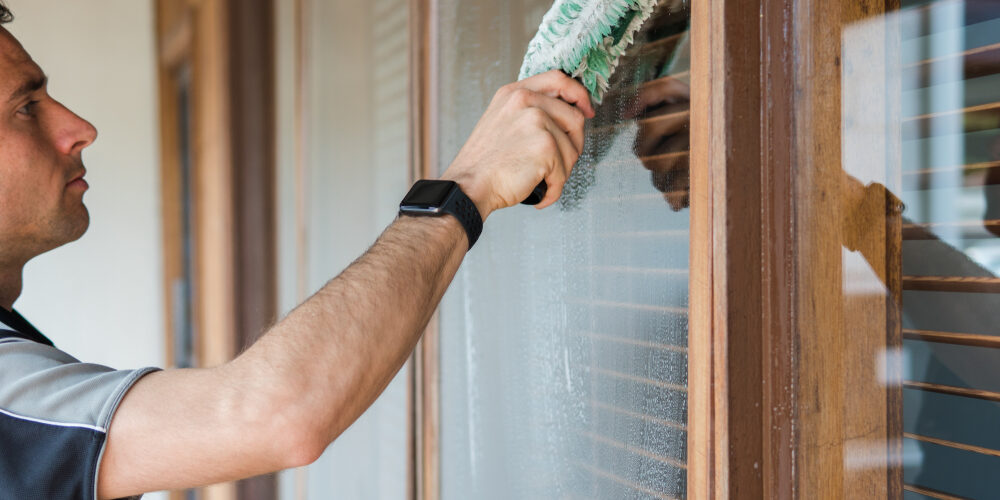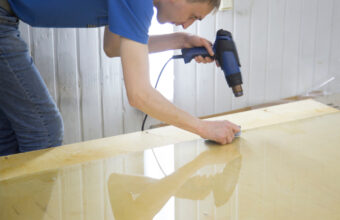Window tinting is a popular way to enhance privacy, reduce UV exposure, and improve the energy efficiency of vehicles and buildings. While window tint can be applied at any time of the year, certain seasons may offer advantages that can lead to better application results and faster curing times.
Let’s explore the factors that make one time of year more favorable than another for window tinting…
Temperature and Humidity Considerations
The key factors that influence the window tinting process include temperature and humidity. These elements affect how quickly the tint adhesive cures and how easily the film adheres to the glass.
Optimal Conditions
- Mild to Warm Temperatures – The ideal temperature for window tinting is typically between 40°F (4°C) and 98°F (37°C). Tint adhesive cures best in warm conditions, but excessive heat can make the film more difficult to handle and apply smoothly.
- Low to Moderate Humidity – Lower humidity levels help the adhesive dry faster, reducing the curing time. High humidity can prolong the drying process and may lead to issues like bubbling.
Best Seasons for Window Tinting
Considering temperature and humidity, let’s examine how each season stacks up for window tinting…
Spring and Fall – The Ideal Choices
- Balanced Conditions – Spring and fall often provide mild temperatures and moderate humidity levels ideal for window tinting. These seasons reduce the chances of installation issues and ensure a smoother, quicker curing process.
- Comfortable Working Conditions – For professional installers, these seasons offer more comfortable working conditions, which can contribute to better attention to detail and overall application quality.
Summer: Possible with Precautions
- Challenges – High temperatures and humidity in summer can complicate the installation and curing process. Window tinting can still be completed if done in a controlled environment, such as an air-conditioned workshop.
- Benefits – The strong sun exposure can help the tint cure faster once applied, provided the initial application conditions are managed.
Winter – Not Ideal, But Doable
- Cold Weather Issues – In colder climates, winter poses challenges due to low temperatures, which can extend curing times and affect the adhesive’s ability to bond effectively.
- Indoor Application – Winter tinting is still feasible if the vehicle or building windows can be treated in a heated, enclosed space. Professional installers can manage the conditions to ensure proper application and curing.
While window tinting can be performed year-round, spring and fall emerge as the optimal seasons due to their mild temperatures and moderate humidity levels. These conditions facilitate a smoother application process and more efficient curing of the tint adhesive. With appropriate precautions and adjustments, professional installers can achieve excellent results in summer and winter as well. Considering the specific climate of your area and consulting with professionals will guide you to the best time of year to tint your windows, ensuring lasting quality and performance.






